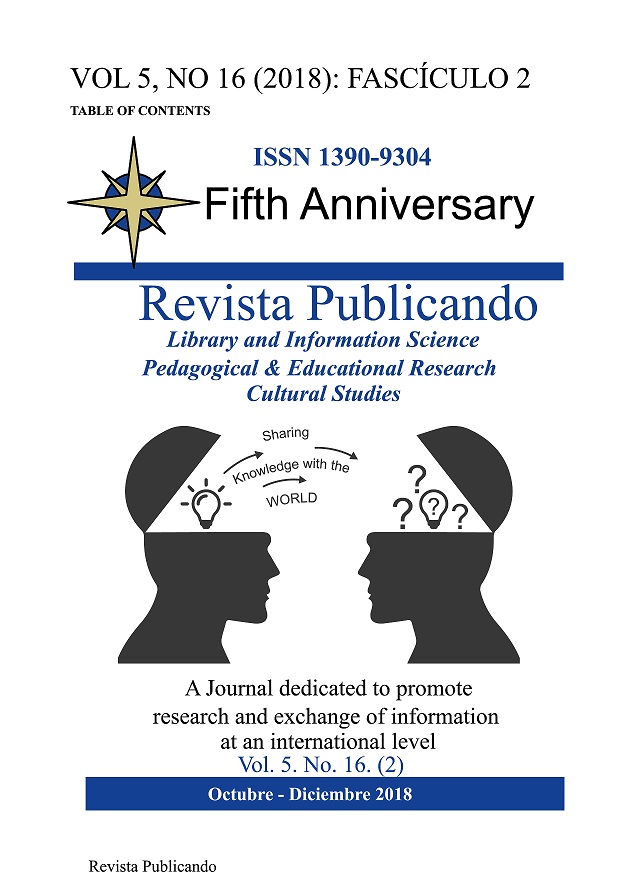Resumen
Today, structural safety against natural disasters such as earthquake is one of the major concerns of structural engineers. In recent years, various methods have been proposed to retrofit structure which among them, structural control systems have been considered. Active control system is one of the effective systems for reducing the effects of earthquake and response structures, it”™s like that, this has been of great importance to the long – order process and creating high – rise building. The purpose of this study was to investigate the effect of fuzzy controller on the response of structures by presenting a numerical model related to a long structure by taking into account the fuzzy logic. After describing the structure equations of the study, the principles of the fuzzy controller are designed and then, using numerical model and taking into account the acceleration of different earthquakes, the structure response is compared and analyzed in different states. The results of the research show that the fuzzy controller provides a good performance in reducing the structure response and controlling it with a significant reduction in the volume of computations and the need for complex calculations.Referencias
Akutagawa, S., Otsuki, M., Kitagawa, Y., “Hybrid control system with optimal fuzzy logic and genetic algorithm for high-rise buildings”, 13th World Conference on Earthquake Engineering, Vancouver, B.C., Canada, 2004.
Housner, G.W., Bergman, L.A., Caughey, T.K., Chassiakos, A.G., Claus, R.O., Masri, S.F., et. al., “Structural control: past, present and future”, J. of Eng. Mech., Vol. 123(9), pp. 897-971, 1997.
Park, K.S., Koh, H.M., Seo, C.W., “Independent modal space fuzzy control of Earthquake- excited structures”, J. of Eng. Struct., Vol.26, pp. 279-289, 2004.
Kobori, T., Koshika, N., Yamada, K., Ikeda, Y., “Seismic-response-controlled Structure with active mass driver system. Part II: verification”, Earthquake Eng. Struct. Dynamic. , Vol. 20(20), pp. 151-166, 1991.
McLauchlan, R. A., et. al., “Active vibration control of a Multi-DOF structure by the use of fuzzy gain scheduling of PID controller under varying wind and earthquake shear force”, Texas A&M University, 2001.
Kirk, D.E., “Optimal control theory”, Prentice-Hall, NJ, USA, 1974.
Qiu, S., Scherer, R.J., “Construction of an active control system for seismically Excited structures using fuzzy logic techniques”, 13th World Conference on Earthquake Engineering, Vancouver, B.C., Canada, 2004.
Soong, T.T., “Active structural control, theory and practice”, John Willy & Sons Inc., New York, 1989.
Shook, D., Tani, A., Kawamura, H., Roschke, P., “Hybrid control of structures Utilizing fuzzy logic and genetic algorithm”, Univ. of Kobe, Japan, 2003.
Ross, T.J., “Fuzzy logic with engineering applications”, McGraw-Hill Inc., Singapore, 1997.
Tang, J., Shoaee, H., “A comparative study of fuzzy logic and classical control with EPICS”, Newport News, VA, USA, 1995.
Wongprasert, N., Symans, M.D., “Application of genetic algorithm for optimal Damper distribution within nonlinear seismic benchmark building”, J. of Eng. Mech., ASCE, Vol. 130(4), pp. 401-406, 2004.
Rana, A. and Dubey, S.K., “A Fuzzy Approach for Evaluation of Maintainability of Object Oriented Software System”, International Journal of Computer Applications, vol.41, issue no. 29, pp. 0975 – 8887, 2012.
Yano, K., Tani, A., Kawamura, H., Takizawa, A., “Shaking table tests on intelligent fuzzy optimal active control system of building structures adapting to vibration mode”, 13thWorld Conference on Earthquake Engineering, Vancouver, B.C., Canada, 2004.
Mahdi Fakoor, Amirreza Kosari, Mohsen Jafarzadeh, Humanoid robot path planning with fuzzy Markov decision processes, Journal of Applied Research and Technology, Available online 21 August 2016.
Ogata, K., "Modern Control Engineering", Engle wood Cliffs, N.J. Prentice Hall Inc., 2010.
Hartog, J.P., Mechanical vibrations, McGraw-Hill: New York, 2013.
Haack, S., Philosophy of logic, Cambridge University Press, 152-153, 2012.
Samali, B., Al-Dawod, M. (2003), “Performance of a five-storey benchmark model using an active tuned mass damper and a fuzzy controller”. Eng. Struc, Vol. 25, pp. 1597-1610.
Usted es libre de:
Compartir — copiar y redistribuir el material en cualquier medio o formato
Adaptar — remezclar, transformar y construir a partir del material
La licenciante no puede revocar estas libertades en tanto usted siga los términos de la licencia
Bajo los siguientes términos:
Atribución — Usted debe dar crédito de manera adecuada, brindar un enlace a la licencia, e indicar si se han realizado cambios. Puede hacerlo en cualquier forma razonable, pero no de forma tal que sugiera que usted o su uso tienen el apoyo de la licenciante.
NoComercial — Usted no puede hacer uso del material con propósitos comerciales.
CompartirIgual — Si remezcla, transforma o crea a partir del material, debe distribuir su contribución bajo la lamisma licencia del original.
